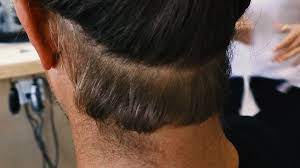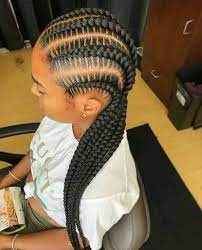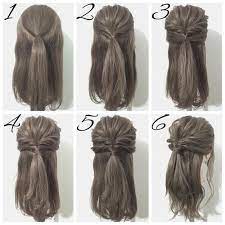
Shaving the neck can be challenging,, and many wet shavers find it their most significant difficulty when using a wet razor. Too close and you risk cuts, razor bumps, and ingrown hairs, while too far back may mean a smooth shave cannot be achieved.
Preventing irritation requires proper preparation. First, gently splash your face and neck with warm water – this will open your pores while softening facial hairs for easier cutting without causing unnecessary irritation.
Next, use an exfoliant to remove dead skin cells that could be caught under your razor blade and cause ingrown hairs. Rinse with cool water after exfoliating to close pores and reduce inflammation.
Finally, apply light aftershave or moisturizer to maintain skin health and avoid dryness – these tips should allow you to safely shave your neck without incurring nicks, cuts, or razor burn. Good luck, and remember constantly shaving with the grain!
Shaving With the Grain
One of the biggest debates surrounding shaving involves choosing whether or not to go against or with the grain. Shaving along the direction hair grows reduces friction between your skin and razor, decreasing irritation, bumps, or razor burn.
Before choosing between going with or against the grain, consider your personal comfort level and skin reactivity when making this decision. Finding a style that works for you should always be priority number one!
To ensure a comfortable shave, follow essential pre-shave preparation steps, use a sharp blade, and lather with plenty of water or shaving cream. When it’s time to shave, start in the direction of the grain using gentle pressure while beginning at your chin and neck natural curves – this technique will help avoid nicks and cuts as you shave over the natural curves of your chin and neck areas.
Rinse afterward with cool water to eliminate residual lather while closing pores – also helping prevent ingrown hairs from developing!
Shaving Across the Grain
Men who prefer close shaves may choose to shave against the grain; however, this requires special care and skin preparation to avoid tugging of hairs before cutting them, which can result in redness, irritation, and ingrown hairs.
However, many beard groomers believe shaving against the grain will produce a more comfortable shave. One significant advantage is reduced strain on facial skin during shaving, thus making cuts and bumps-free results.
When employing this approach to shave against the grain, it is crucial to use sharp razors with fresh blades to minimize injury risks as well as follow proper shaving techniques; also recommended is rinsing your face with cool water afterward as well as applying an aftershave balm to reduce dryness or sensitivity resulting from shaving against the grain.
However, always consider what risks lie ahead regarding potential harm risks when selecting this approach, as it could become detrimental over time!
Post-Shave Care
Just as with shaving your entire face, it’s best to shave right after showering (or at least before), to eliminate lather residue that could clog your pores and ensure you achieve an accurate shave.
Some shavers find pre-shave oils or balms helpful in reducing irritation on their necks, but testing will likely be required to see whether this works for you.
After finishing shaving, it is essential to use a moisturizer specifically tailored for the delicate neck skin. Dermatologists Bruce Robinson and Michele Green, as well as barber Mansour Smaini of Epic Barber Shop in NYC, recommend Nivea’s post-shave balm, which contains moisturizing shea butter as well as skin soothers to reduce razor burn.
Some men develop pseudofolliculitis barbae after shaving, in which hairs grow into their skin and irritate. If this happens to you, see your physician immediately to receive proper medical advice and possibly topical medication as treatment options.

